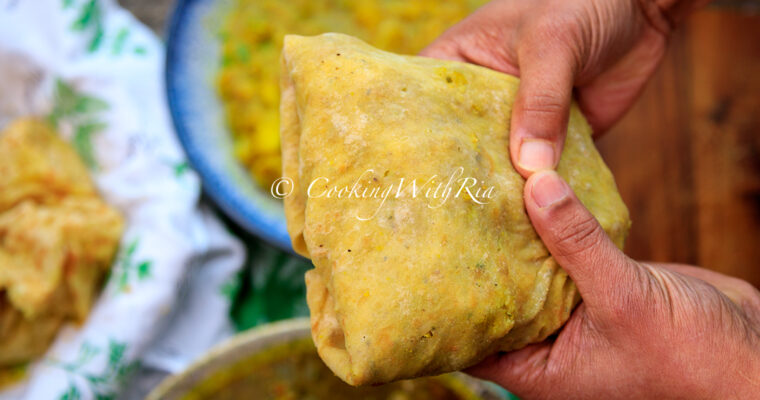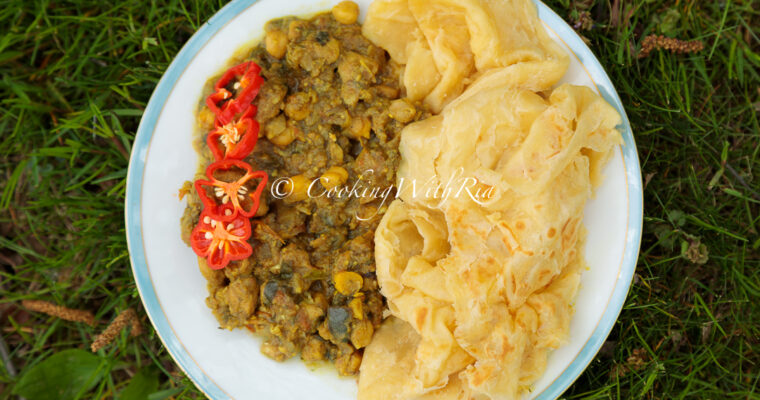Cuban oregano, also known as pudina, broadleaf thyme, Spanish thyme, thick leaf thyme, tiki thyme, and French thyme, is a unique herb with thick, fleshy leaves, commonly recognized for its strong aroma and distinct taste.
This plant is native to East Africa and India but has spread widely due to its resilience and adaptability. Today, it’s a staple in tropical and subtropical countries, including the Caribbean, Latin America, Southeast Asia, and the Mediterranean. Cuban oregano offers countless benefits in both culinary and medicinal spheres, making it a prized addition to kitchens and natural remedy cabinets worldwide.
What is Cuban Oregano?
Cuban oregano (Plectranthus amboinicus) belongs to the mint family, though it’s neither a true oregano nor thyme. Its vibrant, succulent leaves have a powerful scent resembling oregano and thyme, which is why it often serves as a substitute for these herbs in recipes. Cuban oregano thrives in warm, humid climates, making it ideal for outdoor gardens and indoor potted plants in many regions.
Culinary Uses
Thanks to its potent aroma and taste, Cuban oregano is widely used in traditional dishes in many countries, such as:
- Caribbean Islands: In Jamaica, Trinidad, and Puerto Rico, Cuban oregano is commonly used in our green seasoning, stews, curries, and marinades for meats and seafood.
- Latin America: In countries like Mexico and Brazil, it is often used in salsas, bean dishes, and as a flavorful addition to meats.
- India: Known as pudina or “ajwain ka patta,” it’s frequently incorporated into chutneys, curries, and other dishes for its intense flavor.
Its bold flavor enhances meats, stews, and vegetable dishes, and it holds up well to cooking, infusing recipes with earthy, savory notes. Its slightly minty, thyme-like profile is ideal for hearty, robust dishes. Cuban oregano also pairs beautifully with spicy or sour dishes, creating a delightful balance in various recipes.
Medicinal Uses and Health Benefits
Cuban oregano has long been valued in folk medicine for its range of health benefits. Here’s why it deserves a spot in any holistic health routine:
Respiratory Health: The herb is often used to relieve respiratory issues such as coughs, asthma, and bronchitis. Cuban oregano contains essential oils with natural decongestant properties, helping to open up airways and ease breathing. In Trinidad and Tobago, for example, people make a tea from its leaves to soothe asthma symptoms.
Digestive Aid: Cuban oregano is a carminative, meaning it can help reduce bloating, gas, and indigestion. In India, it’s used to support healthy digestion and calm stomach aches. A tea or infusion made from its leaves can promote digestive health and soothe upset stomachs.
Antibacterial and Antifungal Properties: Research shows that Cuban oregano contains compounds like thymol and carvacrol, which have natural antimicrobial properties. These make it effective for external applications on minor cuts, insect bites, and even fungal infections. Applying crushed leaves or the plant’s juice to the affected area can speed up the healing process.
Immune Support: Rich in antioxidants, Cuban oregano may help support the immune system, aiding in the body’s natural defense against illnesses. It’s traditionally used in various cultures as a tonic for immune health, particularly in the Caribbean and Latin America.
Anti-inflammatory Effects: This herb is also used to alleviate inflammation-related symptoms, such as joint pain and arthritis. Due to its antioxidant content, Cuban oregano may help reduce oxidative stress, which contributes to inflammation.
Growing Cuban Oregano at Home
Cuban oregano is incredibly easy to grow at home, whether you live in a warm climate or keep it as a potted indoor plant. I have a plant in my living room that thrives with a little attention and occasional watering.
Here are some tips:
Sunlight: Cuban oregano loves bright, indirect light. It thrives outdoors in partial shade and indoors on a sunny windowsill.
Watering: This plant is drought-tolerant and prefers well-drained soil. Water sparingly and let the soil dry out between waterings. Perfect for those who don’t have a green thumb and forget to water their plants. I speak from experience. 🙂
Propagation: Cuban oregano is easy to propagate through stem cuttings, which will root readily in soil or water.
Growing it at home provides fresh access to its culinary and medicinal benefits, plus it’s a low-maintenance addition to any herb garden.
How to Use in Everyday Life
Tea: Make a tea by simmering 2-3 fresh leaves in hot water (about 2 – 3 cups) along with a few cloves and a cinnamon stick. Enjoy warm or hot during the day. This tea can help with digestion, colds, and respiratory issues.
Cooking: Use Cuban oregano in place of regular oregano or thyme. Add it to your green seasoning, soups, stews, marinades, and roasted meats for a bold, herbaceous flavor.
Topical Application: Crush fresh leaves and apply them to insect bites, minor wounds, or inflamed areas for natural relief.
Aromatherapy: Placing a few fresh Cuban oregano leaves around your home can naturally freshen the air, thanks to its strong, refreshing aroma.
Holistic Living
Cuban oregano offers countless possibilities for anyone looking to live more holistically. This unique herb combines the best of culinary delight and medicinal value, offering a natural way to enhance dishes while supporting health. Its presence in global kitchens and traditional medicine attests to its versatility and effectiveness. Whether you’re a home chef or a natural wellness enthusiast, Cuban oregano is a must-have in your collection.
Try adding Cuban oregano to your life, and if you enjoyed learning about this fascinating herb, don’t forget to share, leave a comment, and give this article a 5-star rating. Happy holistic cooking and healing!











